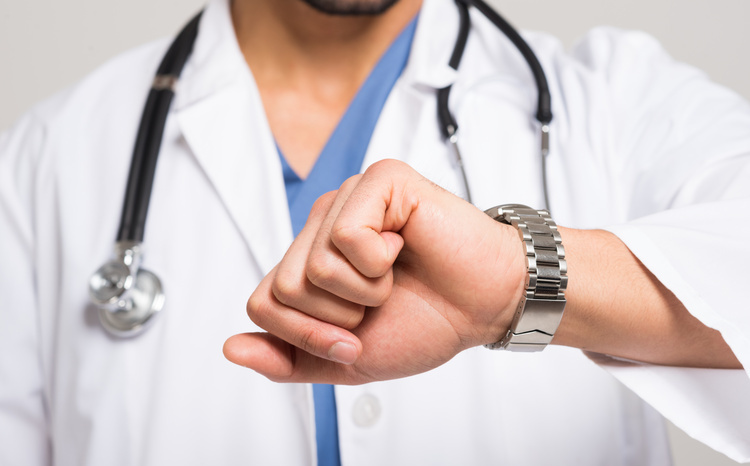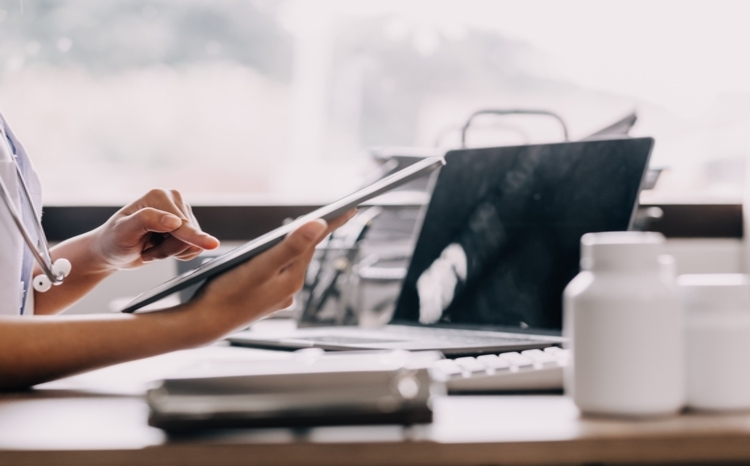PACS group demands action on NHS Number
- 20 March 2009
Why isn’t it compulsory to use the NHS Number as the primary identifier for patients in England, just as the CHI number is compulsory in Scotland? NHS Connecting for Health was asked last week.
The question sparked a lively debate at the Royal College of Radiologists PACS and Teleradiology group meeting in London.
Colin Innes from NHS Connecting for Health said: “We are not planning to do the same in England. If you had come out and said [to trusts], ‘You will stop using the local identifier in 18 months’ I don’t think the IT solutions could achieve it and I don’t think we could get support.”
The agency was looking to get ‘co-existence’ between the NHS Number and local identifiers, he explained. There has been some effort at a national level to encourage the use of the NHS Number recently, with NHS medical officer Sir Bruce Keogh writing to trusts to encourage them to use it.
The National Patient Safety Agency has also issued a safer practice notice warning trusts of the risks to patients of not using the NHS Number and instructing them to use the NHS Number or the NHS Number plus a local hospital number system by September.
However, Dave Harvey, consultant with Medical Connections, told the PACS and Teleradiology group that hospital numbers were seen as the viable numbers and would continue to be used as long as their use was allowed.
Members of the group also identified as a problem the lack of a national work-around when an NHS Number is not available. Hospitals have to cope with around 2% of patients who present without an NHS Number.
Temporary numbers are available, but they cannot be drawn down from the NHS Spine, so many hospitals use their own numbers as the default work around. The group felt a better, national work around was needed to create a truly national numbering system.
Chair of the group Dr Neelam Dugar summarised the debate: “There needs to be a will from CfH to implement the NHS Number. We need temporary numbers to be available in real time.”
The group was anxious to see the NHS Number implemented to enable connectivity between systems without problems such as duplicated records.
However, one group member pointed out that the NHS Number did not prevent patients impersonating others.
She said there had been an incident where an imposter attempting to obtain free NHS treatment had slipped through the system to the point when a blood transfusion was about to be given. A discrepancy between the imposter’s blood group and that of the genuine NHS Number holder alerted staff to the problem.
The main focus of the day was Electronic Requesting or ‘ordercomms’. Speakers from the user community and supplier community noted the need for good user-supplier relationships and enhanced clinical IT product development in the NHS.
The need for global inter-operability standards was also emphasised by Harvey. All speaker presentations can be viewed on the UK PACS and Teleradiology Group website.




